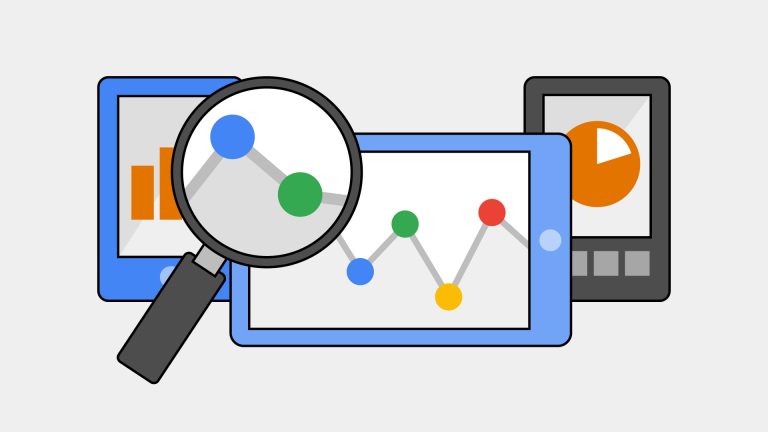
Looking back on 30 years
For three decades, Dunham has been helping businesses grow, adapt, and thrive in a digital world that never stops changing.

For three decades, Dunham has been helping businesses grow, adapt, and thrive in a digital world that never stops changing.

Generative AI is changing how online shoppers are discovering and purchasing products. Here are nine steps to help make sure your e-commerce website is optimized for AI visibility.

ChatGPT is becoming a shopping platform. Learn how OpenAI’s new Instant Checkout and the rise of Answer Engine Optimization (AEO) are transforming e-commerce—and what Canadian businesses can do now to sell directly through AI assistants.

This past summer we completed a number of major projects. Here’s a quick summary of what we’ve been working on.

AI-powered generative search is changing the way people search. For ecommerce businesses, this shift is huge: your products might be highlighted in AI responses, or they might be left out entirely. The good news is that you can take steps right now to position your store for success in this new search landscape.

A recent study by Pew Research Centre shows that users are much less likely to click on links when search results contain an AI summary.

A site that is optimized for search engines is well on its way to being optimized for AI. Schema and structured data, especially for ecommerce sites, is key to having your content included and ranked.

In early 2024, the City of Hamilton experienced a significant cyber incident that disrupted much of its IT infrastructure and continues to impact service delivery. This is just one example among many highlighting how cybersecurity is becoming increasingly critical for everyone operating in the digital space.

Artificial Intelligence is quickly becoming a cornerstone of modern business strategy, according to a new report from McKinsey.

Google Analytics is the default tool for businesses wanting to understand how users interact with their websites. But if you’ve ever compared Google Analytics data to that of other platforms like Google Ads, Facebook Ads, Microsoft Ads, or your own sales figures, you’ve likely noticed the numbers just don’t add up.